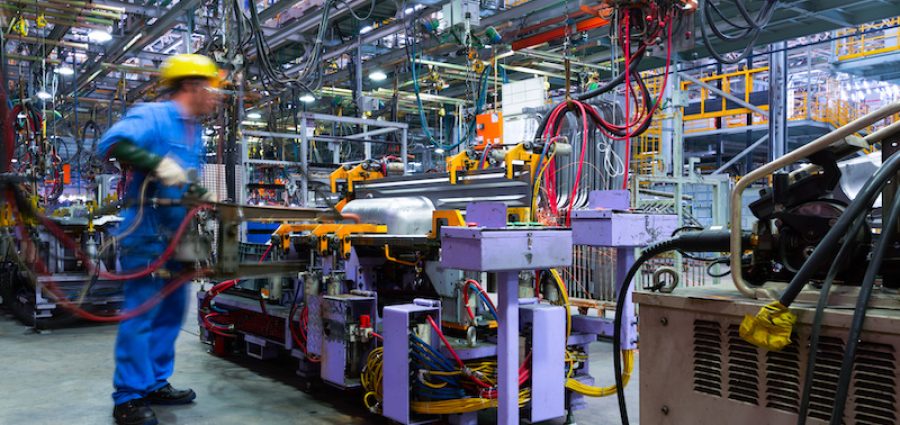Economic activity in the manufacturing sector continued to grow in August as the overall economy grew for the 15th consecutive month, according to the nation’s supply executives in the latest Manufacturing ISM Report On Business.
The August Manufacturing PMI registered 59.9%, which was an increase of 0.4 percentage point from the July reading of 59.5%.
“The New Orders Index registered 66.7 percent, increasing 1.8 percentage points from the July reading of 64.9 percent,” according to Timothy R. Fiore, CPSM, C.P.M., chair of the Institute for Supply Management Manufacturing Business Survey Committee. “The Production Index registered 60 percent; an increase of 1.6 percentage points compared to the July reading of 58.4 percent.”
The Prices Index registered 79.4%, down 6.3 percentage points compared to the July figure of 85.7%. It was first reading below 80% since December’s 77.6%. The Backlog of Orders Index registered 68.2%, which was 3.2 percentage points higher than the July reading of 65%.
The Employment Index came in at 49%, 3.9 percentage points lower compared to the July reading of 52.9%. The Supplier Deliveries Index registered 69.5%, down 3 percentage points from the July figure of 72.5%.
The Inventories Index registered 54.2%, 5.3 percentage points higher than the July reading of 48.9%. The New Export Orders Index registered 56.6%, which was an increase of 0.9 percentage point compared to the July reading of 55.7%. The Imports Index registered 54.3% an 0.6-percentage point increase from the July reading of 53.7%.
All of the six biggest manufacturing industries — Computer & Electronic Products; Fabricated Metal Products; Chemical Products; Food, Beverage & Tobacco Products; Transportation Equipment; and Petroleum & Coal Products, in that order — registered moderate to strong growth in August.
“Business Survey Committee panelists reported that their companies and suppliers continue to struggle at unprecedented levels to meet increasing demand,” Fiore said. “All segments of the manufacturing economy are impacted by record-long raw-materials lead times, continued shortages of critical basic materials, rising commodities prices and difficulties in transporting products.
“The new surges of COVID-19 are adding to pandemic-related issues — worker absenteeism, short-term shutdowns due to parts shortages, difficulties in filling open positions and overseas supply chain problems — that continue to limit manufacturing-growth potential.”
The Employment Index returned to contraction after one month of expansion. Hiring difficulties at panelists’ companies were the most significant hurdle to further output in August, as validated by the growth in inventory accounts, according to Fiore.
Related Posts
-
The July Manufacturing PMI registered 59.5%, down 1.1 percentage points from the June reading of…
-
The June Manufacturing PMI registered 60.6%, which was just below the May reading of 61.2%,…
-
The March PMI registered 64.7%, up 3.9% from the February reading of 60.8% and marking…





